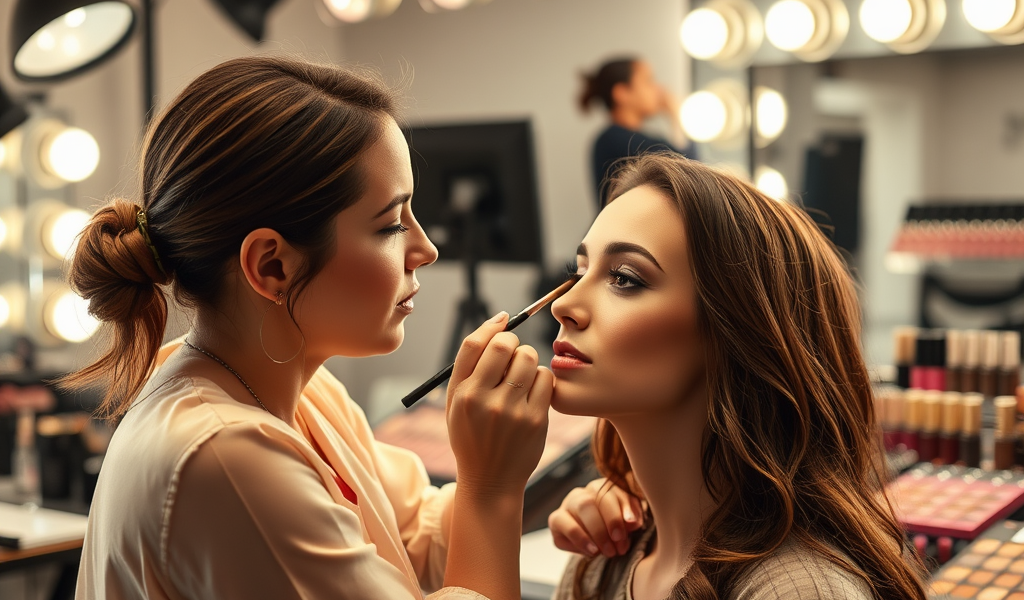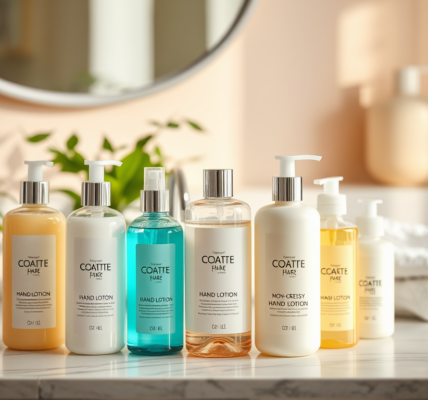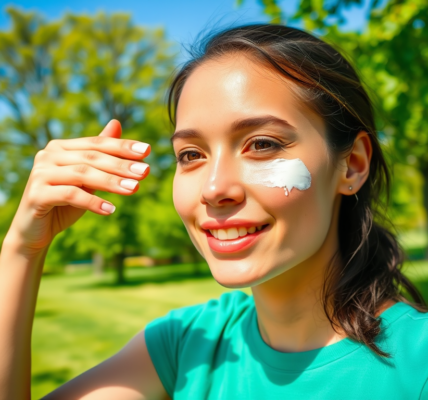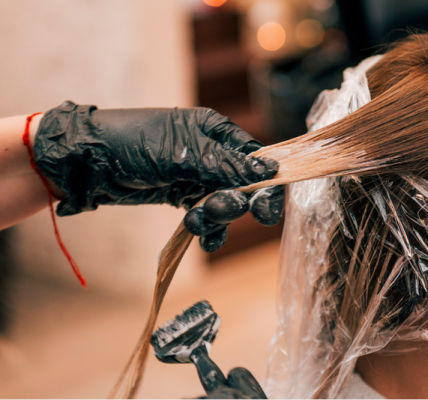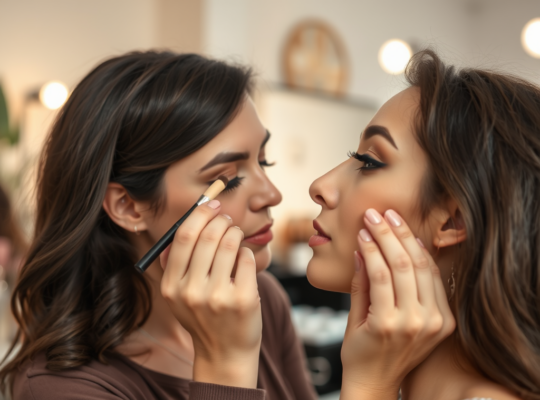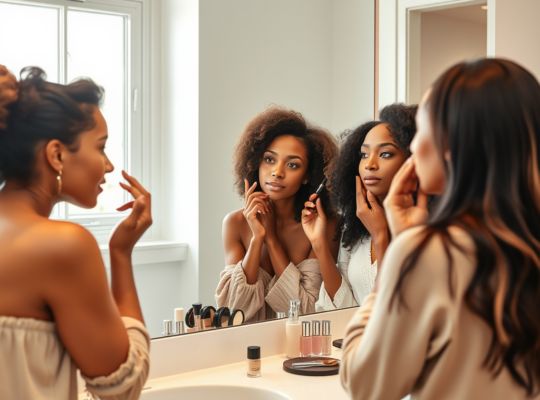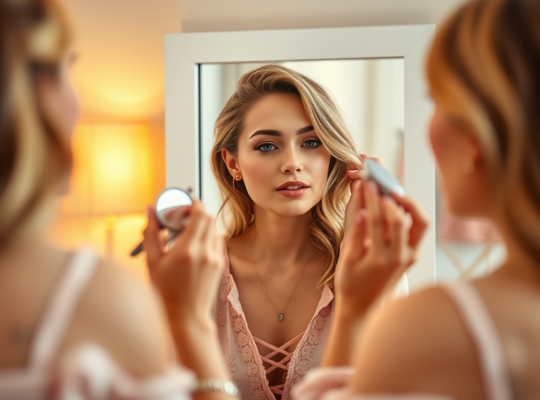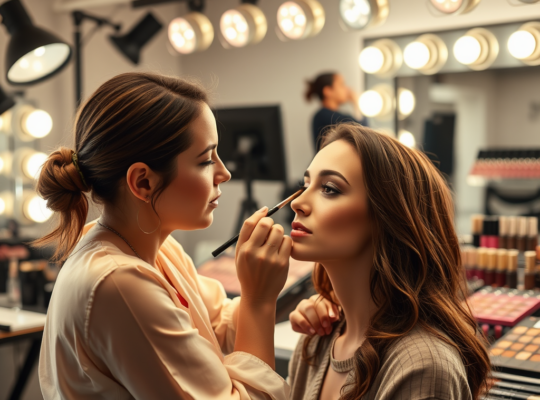Face sculpting makeup, particularly contouring, has revolutionized the makeup world, allowing individuals to enhance their natural features with skillful techniques. What was once a secret weapon used by professional artists has now become a staple in the beauty regimen of both makeup enthusiasts and everyday women. As the demand for creating perfectly defined cheekbones and an elegantly sculpted jawline grows, understanding the art of contouring has never been more important. By mastering this skill, not only can you achieve that sought-after look but also boost your confidence and transform your entire appearance.
In this comprehensive guide, we’ll delve deep into the nuances of face sculpting through contouring, exploring essential techniques, common mistakes, and innovative methods suitable for various facial structures. We’ll also discover the impact of contouring on makeup trends today and empower you with a newfound ability to highlight your best features. The artistry of contouring goes beyond color application—it’s about shaping perception and embracing your unique beauty.
The Basics of Contouring
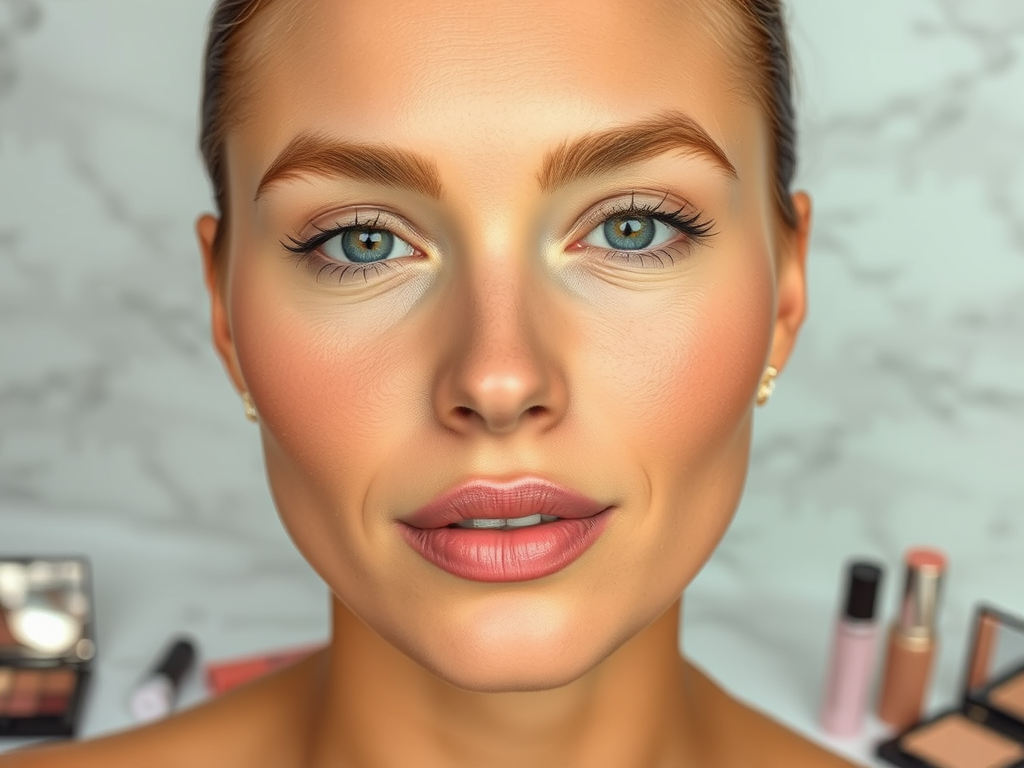
Understanding facial geometry is crucial when it comes to contouring effectively. Each face shape—be it oval, round, square, or heart-shaped—requires a tailored approach to create the illusion of depth and dimension. Key products for contouring include bronzers, highlighters, and sculpting creams or powders. These products can drastically change your makeup application, allowing for versatility in achieving every desired look.
It’s essential to learn the difference between cream and powder products as they each offer distinct advantages. Cream formulas, for instance, provide a dewy, natural finish, making them excellent for more humid climates or dry skin types. Powder products, on the other hand, deliver a matte finish that can last longer, making them ideal for oily skin. Here’s a brief summary of each type:
| Product Type | Finish | Best For |
|---|---|---|
| Cream | Dewy | Dry skin, casual looks |
| Powder | Matte | Oily skin, long-lasting wear |
Essential Techniques for Effective Contouring
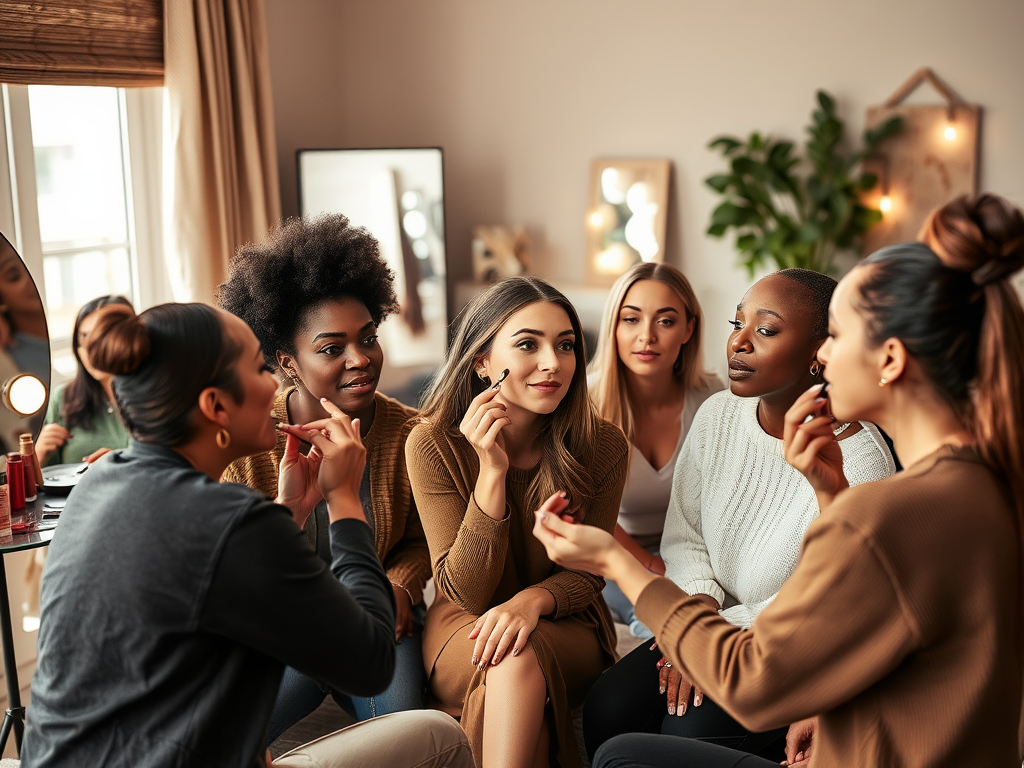
To achieve a flawless contour, following a step-by-step guide is essential. Start with a foundation that matches your skin tone, ensuring a smooth canvas for sculpting. Next, using a contour product that’s at least two shades darker than your skin tone, apply it strategically along the sides of your nose, under cheekbones, and along your jawline. Remember to blend well to avoid harsh lines, promoting a more natural look.
When it comes to blending, the right techniques can make all the difference. Using a damp makeup sponge or a specialized contour brush can help achieve that seamless integration of your contour into the foundation. Choose tools based on your face shape, aiming for ergonomic designs that allow for precision. Here’s a quick list of must-have tools for blending:
- Contour brush: Ideal for defining areas.
- Damp sponge: Perfect for a more blended finish.
- Fluffy brush: Great for all-over highlights and soft blending.
Common Mistakes to Avoid in Contouring
Even seasoned makeup artists can make mistakes when it comes to contouring, often leading to less-than-desirable results. One of the most common errors is creating overly harsh lines that can detract from a natural appearance. To avoid this, focus on gradual application, building up color as you go. Additionally, selecting the wrong shade for your skin can result in an unnatural look, so it’s essential to consider undertones while making your choice.
Another frequent slip is neglecting to consider your skin type, which plays a crucial role in your contouring routine. For those with oily skin, matte products work best, while those with dry skin may prefer creamy formulas. Here’s a quick checklist for avoiding common errors:
- Test product shades on your jawline, not your wrist.
- Always blend, blend, blend to prevent harsh lines.
- Adapt your contouring technique based on your skin type.
Advanced Contouring Techniques
As you become more comfortable with basic contouring, you may want to explore advanced techniques. Contouring for different face shapes is essential for those ready for a challenge. For example, those with round faces may wish to contour the sides more heavily, while oval faces can benefit from softer, more blended highlights. Highlighting also plays a crucial role in creating an illusion of depth and is necessary to complete the contouring masterpiece.
Moreover, understanding how lighting affects your makeup can dramatically improve your contouring skills. Instead of applying products blindly, consider the environment in which you will be seen. Natural light tends to soften makeup, while dim lighting might require more pronounced applications, adding yet another layer of complexity to mastering your technique.
The Impact of Contouring on Makeup Trends
The landscape of beauty has changed significantly, primarily influenced by social media and celebrity culture. What once was a niche skill has exploded into a worldwide trend with countless tutorials available. Influencers and celebrities alike showcase their unique approaches to contouring, each adding to the evolving narrative surrounding face sculpting.
Changes in contouring trends over the years reflect not only the progression of makeup artistry but also a deeper understanding and acceptance of individual beauty. To stay informed and inspired, it’s essential to engage with the communities discussing these topics and explore the myriad techniques shared.
Conclusion
In summary, face sculpting makeup through the art of contouring is a transformative journey that allows individuals to highlight their best features and master their appearances. By embracing the essential techniques, avoiding common pitfalls, and gradually exploring advanced methods, you can elevate your makeup skills to new heights. Remember that mastery comes with practice, and the key is to explore and experiment until you find what works best for your unique features and desired looks.
With a plethora of resources and tutorials available, you’re just a few steps away from becoming a contouring expert. So, grab your brushes and contour products, and let your creativity shine as you sculpt your face into a masterpiece!
Frequently Asked Questions
- What is the best contour product for beginners?
Cream contours are often recommended for beginners due to their blendability and ease of use. - How can I determine my face shape for contouring?
To determine your face shape, observe your overall silhouette in a mirror, noting the width of your forehead, cheekbones, and jawline. - How often should I practice contouring?
Practice regularly, especially before special occasions or events, to become more comfortable and skilled in your contouring technique. - Can contouring be used for special effects makeup?
Yes, contouring techniques are often applied in special effects makeup to create dramatic transformations or character looks. - Is contouring suitable for all skin types?
Yes, contouring can be adapted for various skin types; selecting the right formula (e.g., matte for oily skin, cream for dry skin) is key.
